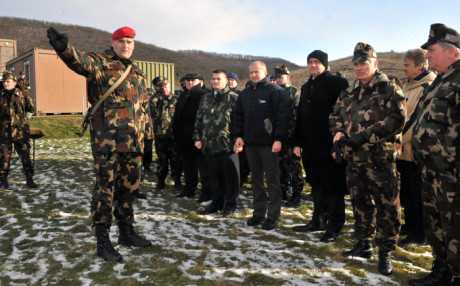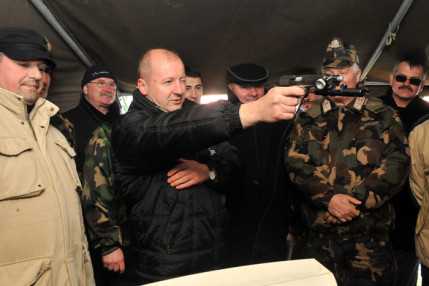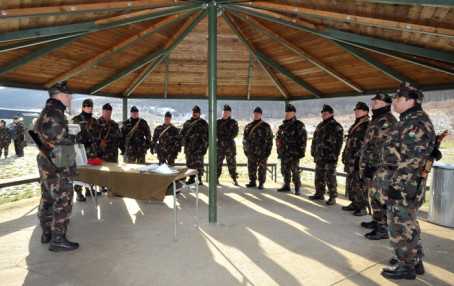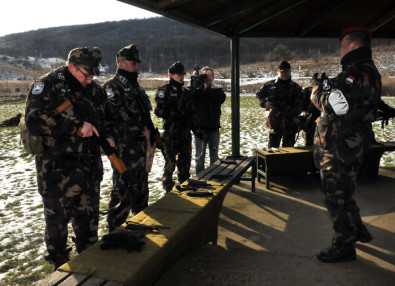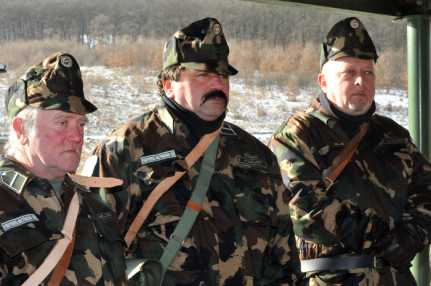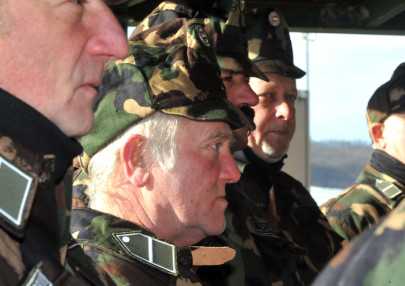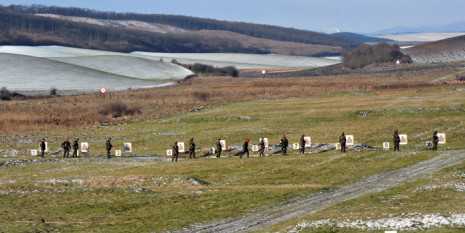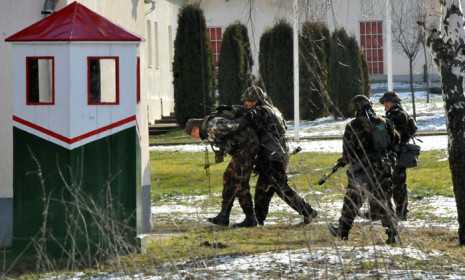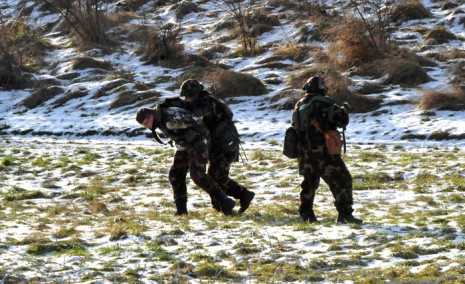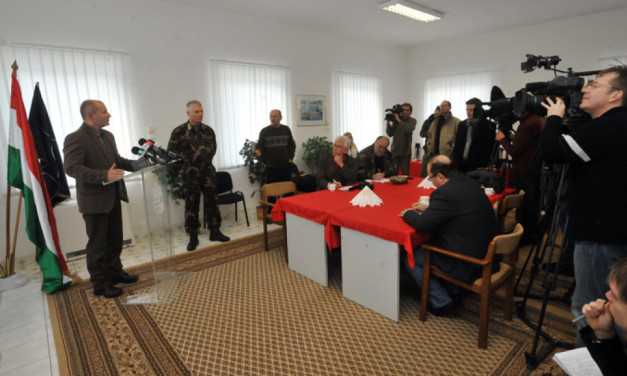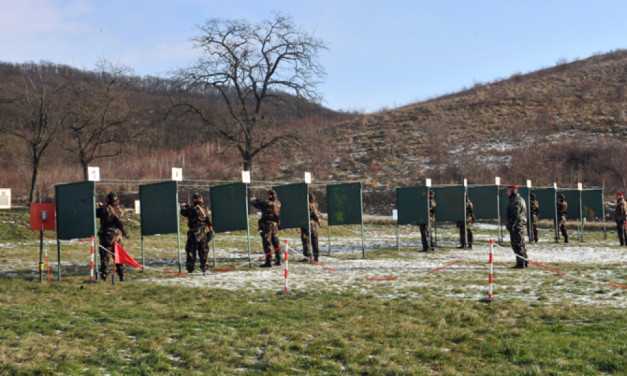New Year – New Capability
Szöveg: Tőrös István | 2010. december 13. 15:27The National Assembly Defence and Law Enforcement Committee held an extramural session at the Püspökszilágy shooting range of the HDF Support Brigade where the first batch of trained personnel in the volunteer reserve system held a demonstration. The December 13 event was hosted by MoD Parliamentary State Secretary Dr. István Simicskó.
Galéria
On November 22 the first 2,094 personnel of the Reserve commenced their training to perform guard duties at military installations. The reservists who volunteered for the new job had been working for the presently operating guard and security services, so their three-day training program was based on their professional skills.
The guard personnel’s program of instruction includes training in skills related to the field manual, drill commands, target practice and medical care. During the first part of the demonstration the reservists – who are to be detailed to guard 57 installations as of January 1 – could prove themselves at a pistol target practice on distances of 25m and 50m and an assault rifle live fire exercise (LFX) on 100 and 200 meters. Having fired at the usual dummies and field targets, the reservists started rehearsing task execution in a fictitious scenario. The sentry of a guarded military installation noticed a suspicious motion along the fence, so after challenging the intruder he first fired a warning shot and then an aimed one at him. Upon realizing that he encountered a gunman, the sentry raised the alarm, so the other guards came to his help using their assault rifles to return fire while a small hostile party was advancing from the direction of the hillside. The skirmish finished with the “death" of the gunman while some of his companions got injured and the rest of the hostile party was able to escape.
During the demonstration the officer conducting the exercise was briefing the MPs and the journalists about the relevant laws on the rules of engagement (ROE) and the measures taken after the firefight.
Speaking at a press conference held after the demonstration Dr. István Simicskó and Maj-Gen. István Juhász, Staff Director, MoD Defence Staff summed up the achievements in the first phase of establishing the volunteer reserve system. The Parliamentary State Secretary stressed that the introduction of the system would put an end to an oft-cited anomaly because it means that the installations of the Hungarian Defence Forces will be guarded by armed uniformed personnel rather than civil security guards. Dr. Simicskó added that this conveys a very important message to the public, one which shows that both in their everyday life and in natural disasters the population living in endangered areas can count on the new Reserve which supplements the Hungarian Defence Forces’ career and signed-on personnel.



